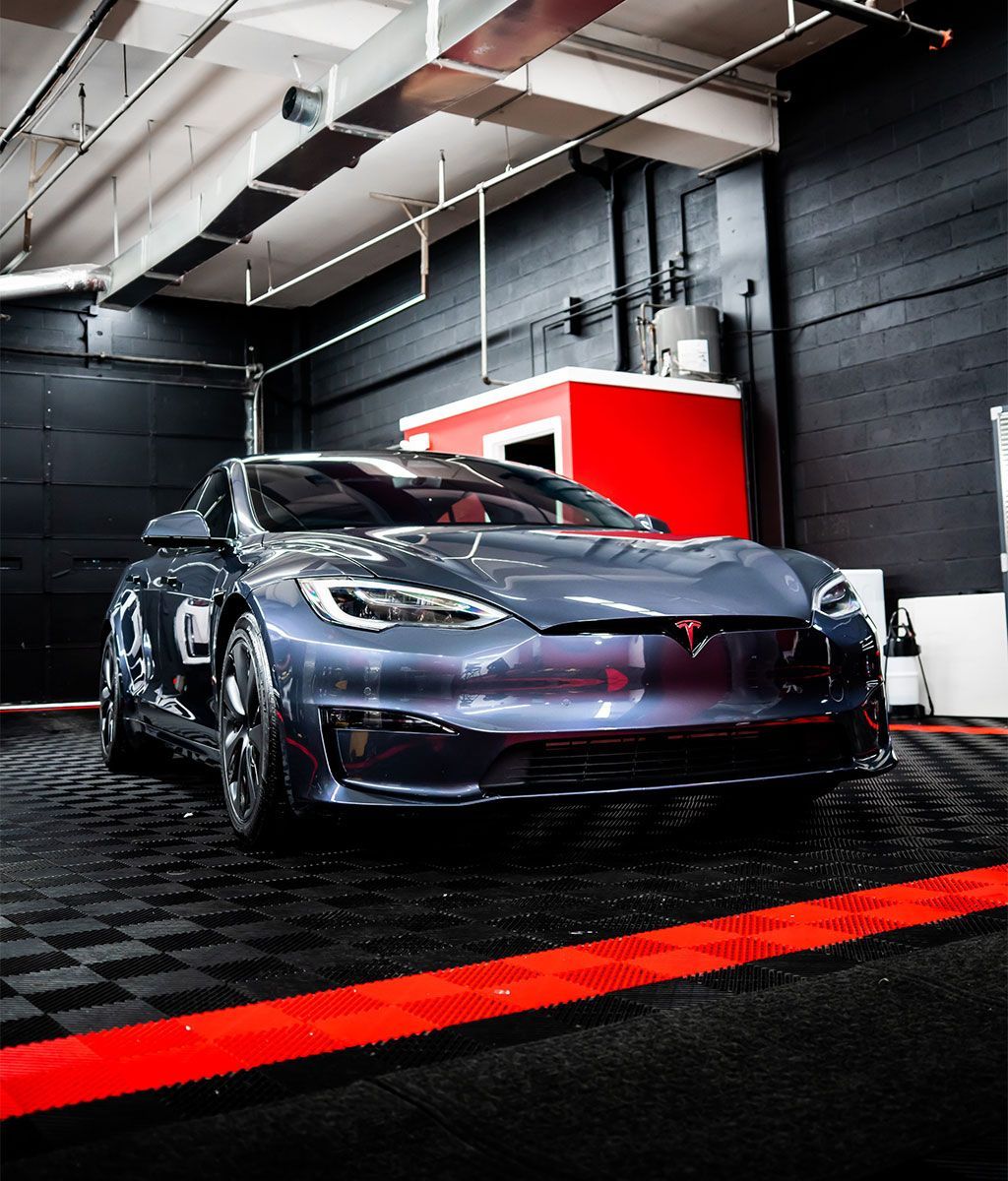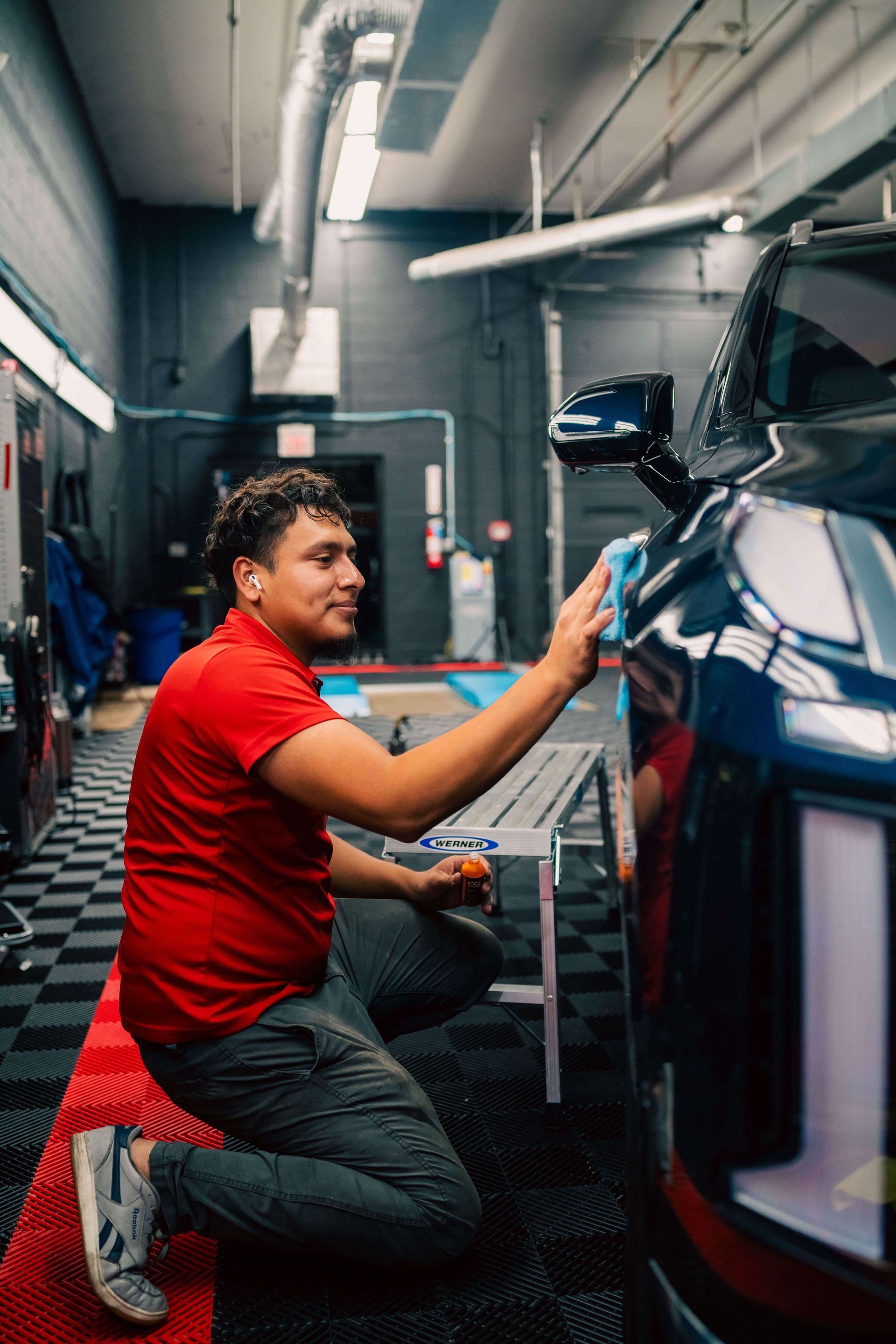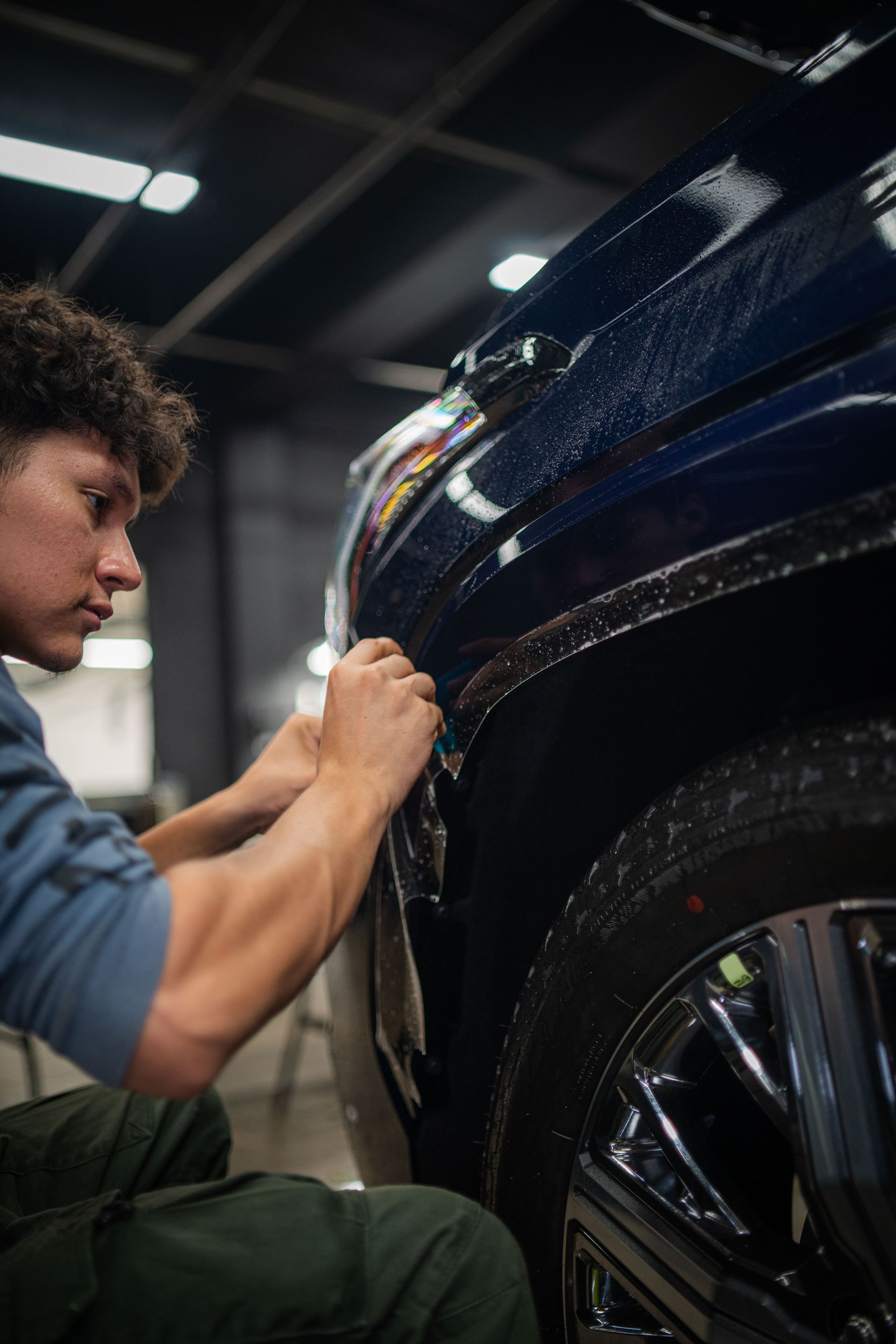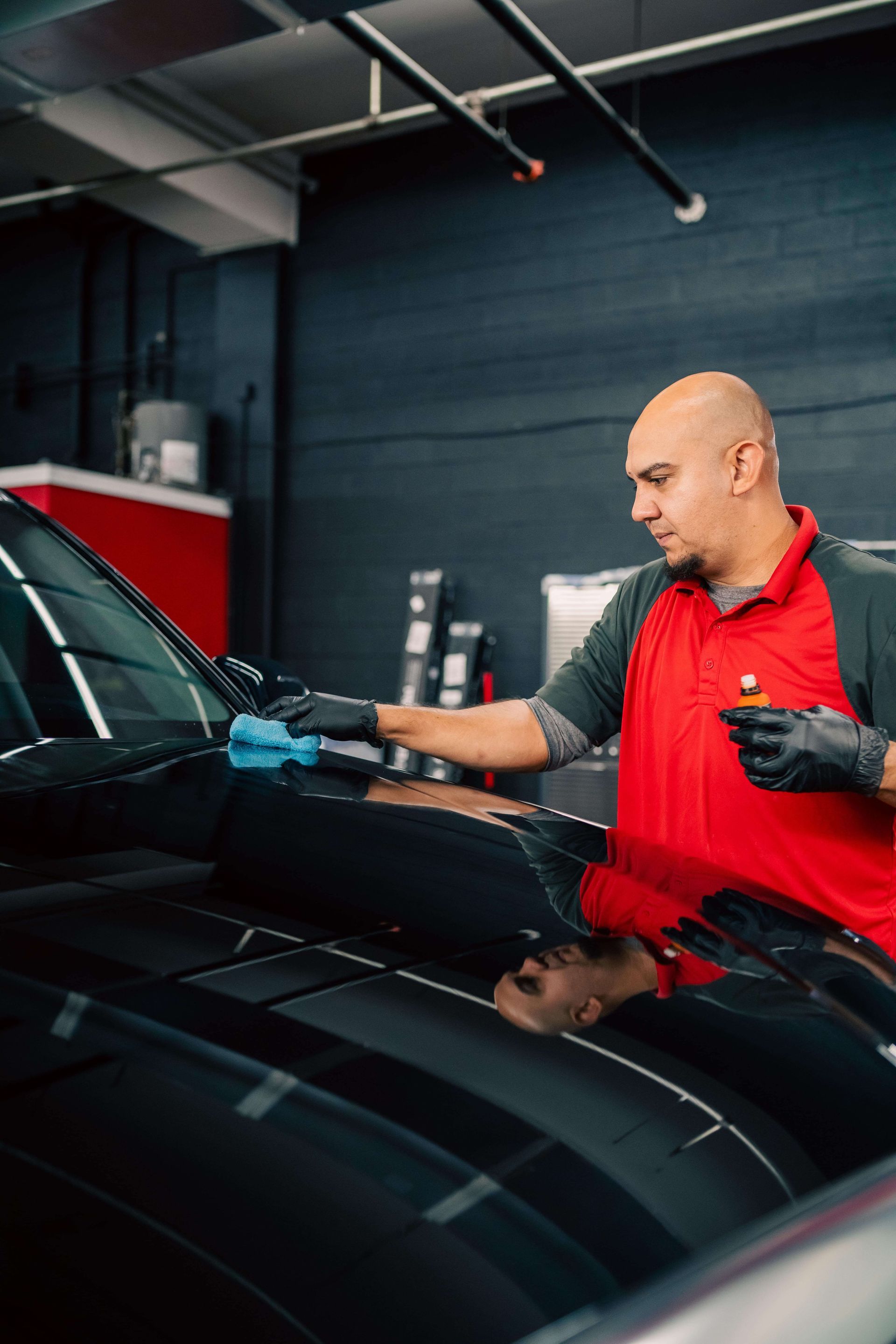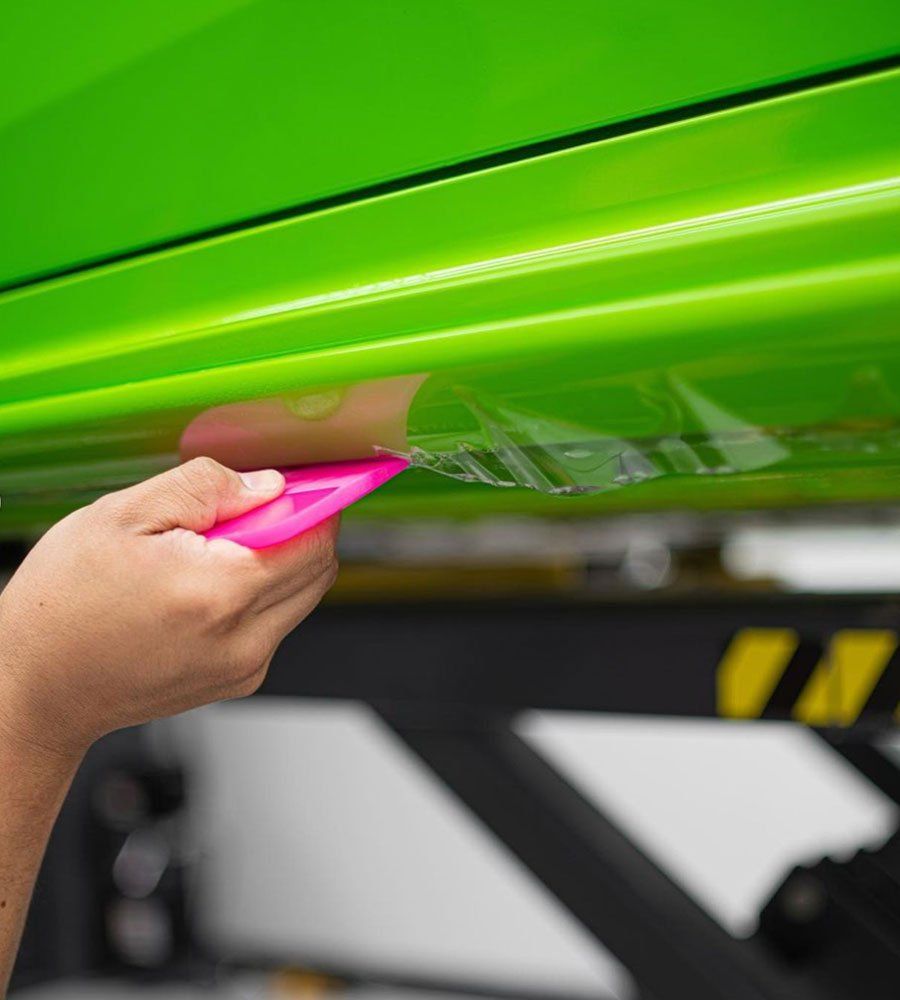By SEO Team
•
October 14, 2024
The quality of installation when applying ceramic coatings can mean the difference between years of protection or dealing with constant reapplications. Quality installation isn't a luxury; it’s a necessity if you want to avoid wasting time and effort while protecting your car’s paint job. Quality installation is crucial for ceramic coatings, as it directly influences their performance, longevity, and protective capabilities. Poor application can lead to uneven coverage, reduced durability, and frequent maintenance issues, ultimately compromising the coating's ability to protect against environmental factors and maintain the vehicle's appearance. Importance of Quality Installation When it comes to ceramic coatings, a professional application sets the foundation for a vehicle's long-term protection. You might wonder why this matters so much; after all, isn't the product itself what makes the difference? The truth is that even the best ceramic coating will only perform as well as its application. An improperly applied coating can diminish its protective qualities and lead to unwanted consequences like uneven surfaces. A well-executed installation creates a durable bond between the coating and your vehicle's paint, making it an integral part of the car’s exterior. This bond helps shield against everyday environmental threats such as UV rays, acid rain, and even tree sap that can cause fading or damage to your vehicle’s finish. For instance, consider the process of surface preparation before applying a ceramic coating. Proper paint correction is essential; without it, any pre-existing imperfections will be locked beneath the coating. These can include swirl marks, scratches, or oxidation that not only ruin the aesthetics but also compromise how well the coating adheres to the surface. There's a significant difference in longevity depending on who installs your ceramic coating. Research shows that professionally applied coatings can maintain up to 90% of their gloss after five years. In contrast, many DIY attempts fail within a year due to less-than-ideal application techniques or improper environmental conditions during installation—like high humidity or extreme temperatures—which can negatively impact the final result. It's been shown that improper installation may reduce effectiveness by up to 50%, highlighting just how vital it is to have a knowledgeable technician handle the application process. If you're considering having ceramic coatings applied, investing in a skilled professional is ultimately an investment in durability and performance that pays off over time. You'll spend less money on maintenance and enjoy greater peace of mind knowing your vehicle is well protected from the elements. Professional Application Benefits Opting for professional application services offers numerous benefits over DIY methods. One significant advantage is the superior results that professionals can achieve. Trained experts in ceramic coatings are equipped with the knowledge to avoid common pitfalls like streaking, uneven coatings, and inadequate curing times. Their experience ensures that when they apply a coat, it doesn’t just have a glossy finish; it’s flawlessly smooth, enhancing your vehicle's visual appeal significantly. The key to achieving such high-caliber results? Meticulous preparation and precision during application. Prior to applying the ceramic coating, professionals often perform paint correction. This ensures any imperfections on the surface are smoothed out, creating an ideal foundation for the coating itself. Think of it as laying down a beautiful canvas before painting; if the canvas isn't perfect, the painting won't be either. Time and Effort Another compelling benefit revolves around the aspect of time and effort involved in the process. While it may seem appealing to take a DIY approach due to lower initial costs, many novices fail to consider how labor-intensive and time-consuming such projects can be. Preparing surfaces, applying multiple layers correctly, and allowing adequate drying time—these tasks can add up quickly. When hiring professionals, you free yourself from these burdensome chores while still receiving exceptional results. They work efficiently and effectively, utilizing their skills to ensure the job is done right without any guesswork on your part. Professional services not only save your time but also provide peace of mind knowing that experienced hands are attending to your investment. They come equipped with specialized tools and formulations tailored specifically for ceramic coatings. Recognizing the value in professional application naturally leads us to explore the necessary skills and resources that contribute to this high level of service.

